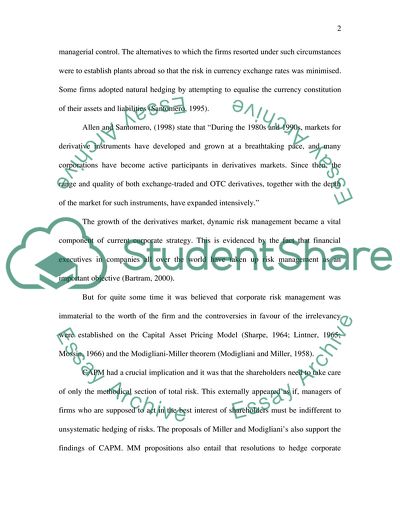Cite this document
(Currency Hedging as a Risk Management Strategy Essay, n.d.)
Currency Hedging as a Risk Management Strategy Essay. https://studentshare.org/finance-accounting/1564096-msc-international-finance
Currency Hedging as a Risk Management Strategy Essay. https://studentshare.org/finance-accounting/1564096-msc-international-finance
(Currency Hedging As a Risk Management Strategy Essay)
Currency Hedging As a Risk Management Strategy Essay. https://studentshare.org/finance-accounting/1564096-msc-international-finance.
Currency Hedging As a Risk Management Strategy Essay. https://studentshare.org/finance-accounting/1564096-msc-international-finance.
“Currency Hedging As a Risk Management Strategy Essay”. https://studentshare.org/finance-accounting/1564096-msc-international-finance.


